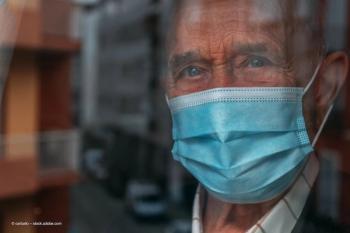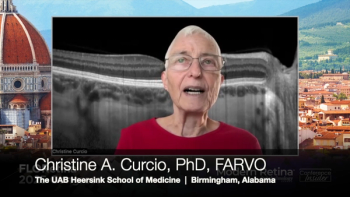
Diabetic retinopathy risk factor indicator found
A study published online ahead of print by Diabetes Care has found that plasma total homocysteine concentration may be a useful biomarker and/or a novel risk factor for increased risk of diabetic retinopathy (DR) in people with type 2 diabetes.
A study published online ahead of print by Diabetes Care has found that plasma total homocysteine concentration may be a useful biomarker and/or a novel risk factor for increased risk of diabetic retinopathy (DR) in people with type 2 diabetes.
Laima Brazionis and co-workers from the University of Melbourne and the Centre for Eye Research Australia, Australia evaluated the relationship between plasma total homocysteine concentration and DR.
The researchers assessed the homocysteine-retinopathy relationship in 168 men and women with type 2 diabetes in a community-based, cross-sectional study. Photo-documented diabetic retinopathy status and measured plasma total homocysteine concentration was assessed using a fluorescence polarization immunoassay enzymatic kit. Data for selected clinical/demographic variables and established risk factors for DR were obtained from fasting blood samples and an interviewer-assisted lifestyle questionnaire.
A higher mean plasma total homocysteine concentration was observed in diabetic individuals with retinopathy than in those without retinopathy (11.5 µmol/l versus 9.6 µmol/l, p=0.001). Furthermore, the relationship between homocysteine and DR was not explained by renal dysfunction and was independent of the other major risk factors for DR and determinants of higher homocysteine concentrations.
It is believed that plasma total homocysteine concentration may be a biomarker and/or novel risk factor for increased risk of diabetic retinopathy.
Newsletter
Get the essential updates shaping the future of pharma manufacturing and compliance—subscribe today to Pharmaceutical Technology and never miss a breakthrough.









































